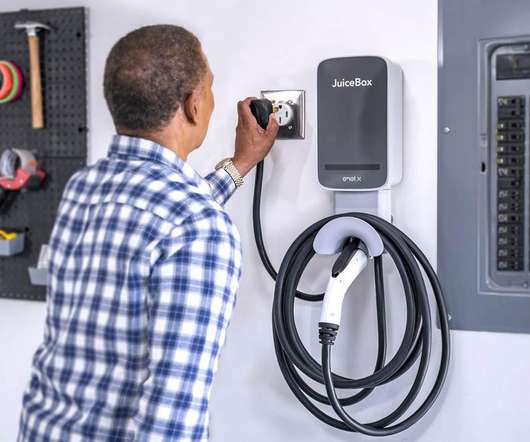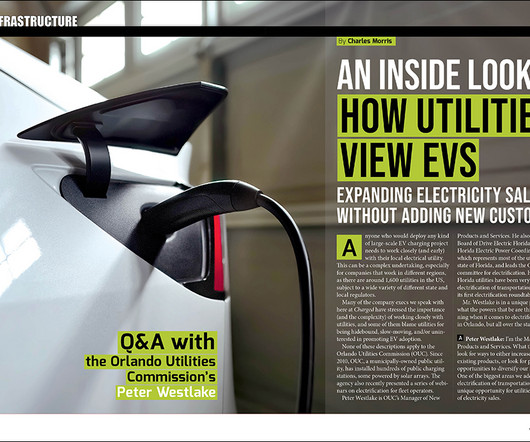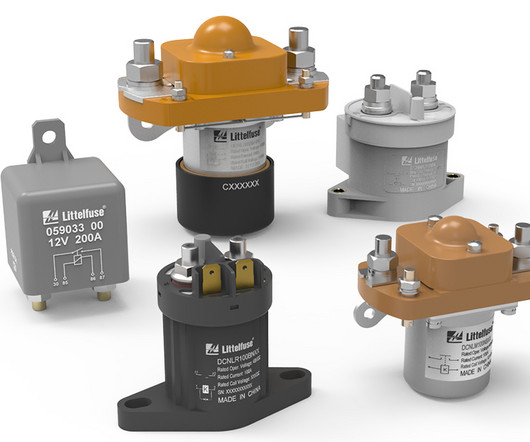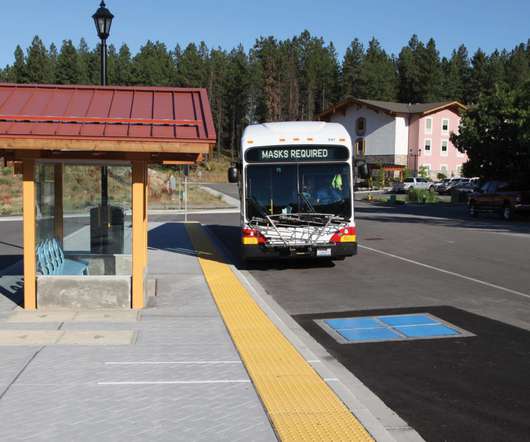The EV Transition Explained: Can the Grid Cope?
Cars That Think
NOVEMBER 28, 2022
There have been vigorous debates pro and con in the United States and elsewhere over whether electric grids can support EVs at scale. trillion in capital, operations, and maintenance costs by 2035. As energy expert Chris Nelder noted at a National Academy EV workshop , “vehicle-to-grid is not really a thing, at least not yet.












Let's personalize your content